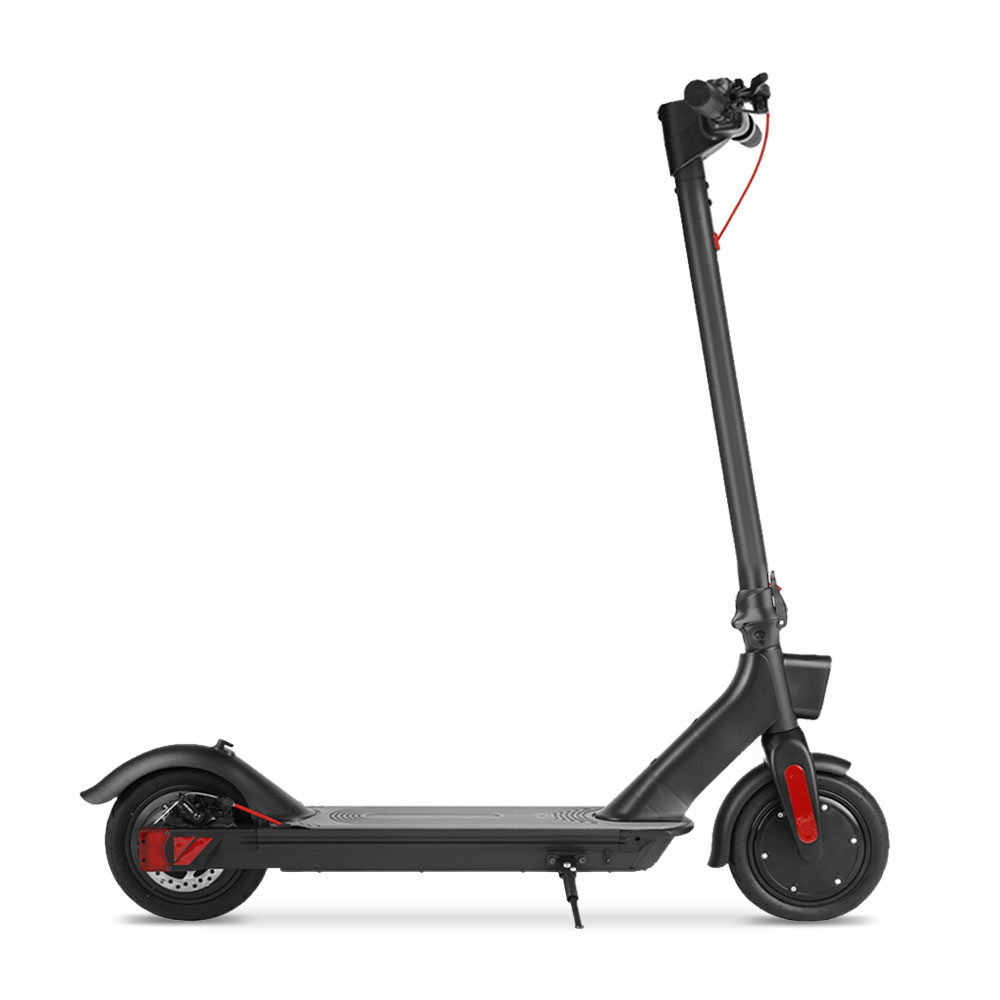Moto électrique DC-M4 1200 W avec poignée d'accélérateur rotative
What’s an Ebike?
An ebike comes with a rechargeable battery that powers a motor. This motor kicks in to assist with pedaling, which can be a real boon when you’re tackling hills or long commutes. It’s designed to make cycling accessible to more people, taking the strain off on tougher rides.
How Does an Ebike Work?
The magic of an ebike lies in its components:
Motor: This provides get-up-and-go. Positioned either on one of the wheels or on the bike’s frame, it delivers smooth power as you need.
Battery: Usually mounted on the frame, this stores the electric juice that fuels your rides. Modern ebikes sport lithium-ion batteries-similar to what’s in your smartphone but much bigger.
Pedal Assist System (PAS): This smart feature senses how hard you’re pedaling and tells the motor just how much help to give you. Some ebikes also come with a throttle, letting you cruise without pedaling at all.
Why Choose an Ebike?
They are a fantastic option for those wanting to ease back into cycling without overexerting themselves from the get-go. With the ability to glide over longer distances effortlessly, ebikes are also ideal for explorers who want to extend their horizons without the daunting fatigue. Additionally, for residents in hilly locales, the added electric push can make ascents more manageable, turning daunting climbs into enjoyable parts of your journey. Whether it’s about the practicality of commuting, the joy of leisurely rides, or tackling challenging terrains, an ebike stands out as a versatile and empowering choice.
DC-S7 Electric 350W Motor Mechanical Disc Brake Scooter
What’s An Electric Scooter?
An electric scooter is a two-wheeled vehicle with a small deck for standing on, handlebars for steering, and a small electric motor. Unlike ebikes, scooters typically don’t require any pedaling. They’re throttle-controlled, which means you simply push a button or twist a grip to get moving.
How Does a Scooter Work?
Key components that make an electric scooter tick include:
Motor: Usually located on one of the wheels, it propels the scooter forward without a need for pedaling.
Battery: Electric scooters are equipped with rechargeable batteries, similar to those in ebikes, but they tend to be smaller due to the scooter’s compact size.
Throttle: This is your control mechanism. Simply engage the throttle, and off you go. Some models also come with varying speed modes for different riding preferences.
Advantages of Choosing an Electric Scooter
If you’re considering an electric scooter, it’s perfect for those quick hops around town when simplicity is key. Their lightweight and portable design means you can easily carry them indoors or onto public transit without any fuss. For those who’d rather not pedal or appreciate the convenience of a vehicle that springs to life with just the push of a button, scooters are a go-to. Plus, they’re generally more wallet-friendly up front, making them a great choice for anyone looking to dive into electric personal transportation without a hefty investment.
Scooters might be the smaller option when placed next to ebikes, but they pack a serious punch in convenience and ease of use.
Key Differences: Ebike vs Scooter
When it comes to choosing between an e-bike and an e-scooter, the differences can steer your decision in one direction or another. Let’s pedal and scoot through the main points of comparison.
Design & Comfort
Ebike: Resembles a traditional bicycle with a frame, wheels, seat, and pedals, geared towards comfort on longer rides.
Scooter: Features a slimmer profile with a stand-up deck, often without a seat, making it more suited for shorter trips.
Performance & Range
Ebike: Generally offers a longer range due to larger batteries and can achieve higher speeds, making them ideal for varied commutes.
Scooter: While more compact, scooters typically have a shorter range and are better for quick hops around the neighborhood.
Physical Effort
Ebike: Requires pedaling, which can be adjusted with varying levels of electric assist, thus providing some physical exercise.
Scooter: No pedaling is needed; it’s all about that easy ride with simple throttle control.
Legal Aspects
Ebike: Might require a helmet or have restrictions based on where they can be ridden, like bike lanes or roads.
Scooter: Regulations vary widely, with some areas treating them like bikes and others imposing stricter controls.
Commuting Distance: How Far Will You Go?
Ebike: With a larger battery capacity and the ability to pedal, ebikes are perfect for covering longer distances, often up to 40-70 miles on a single charge.
Scooter: Best for shorter jaunts of around 10-30 miles, depending on the model and battery size.
Portability: Ease of Storage and Transport
Ebike: Typically heavier and larger, some models are foldable, but they generally require more space and may be harder to carry upstairs or onto public transportation.
Scooter: Lighter and more compact, many are foldable to carry under an arm or stowed away in a car trunk or office corner.
Choose Your Electric Path
Consider how far you need to go, what kind of terrain you’ll be navigating, and how important factors like exercise, portability, and cost are to you. Ebikes offer versatility for longer, varied commutes with the added benefit of a workout, albeit at a higher upfront cost. Scooters shine in urban settings where their compact size, ease of use, and affordability make them ideal for short trips on flat streets. Whichever path you choose, both options represent a greener, more efficient, and enjoyable way to travel.











